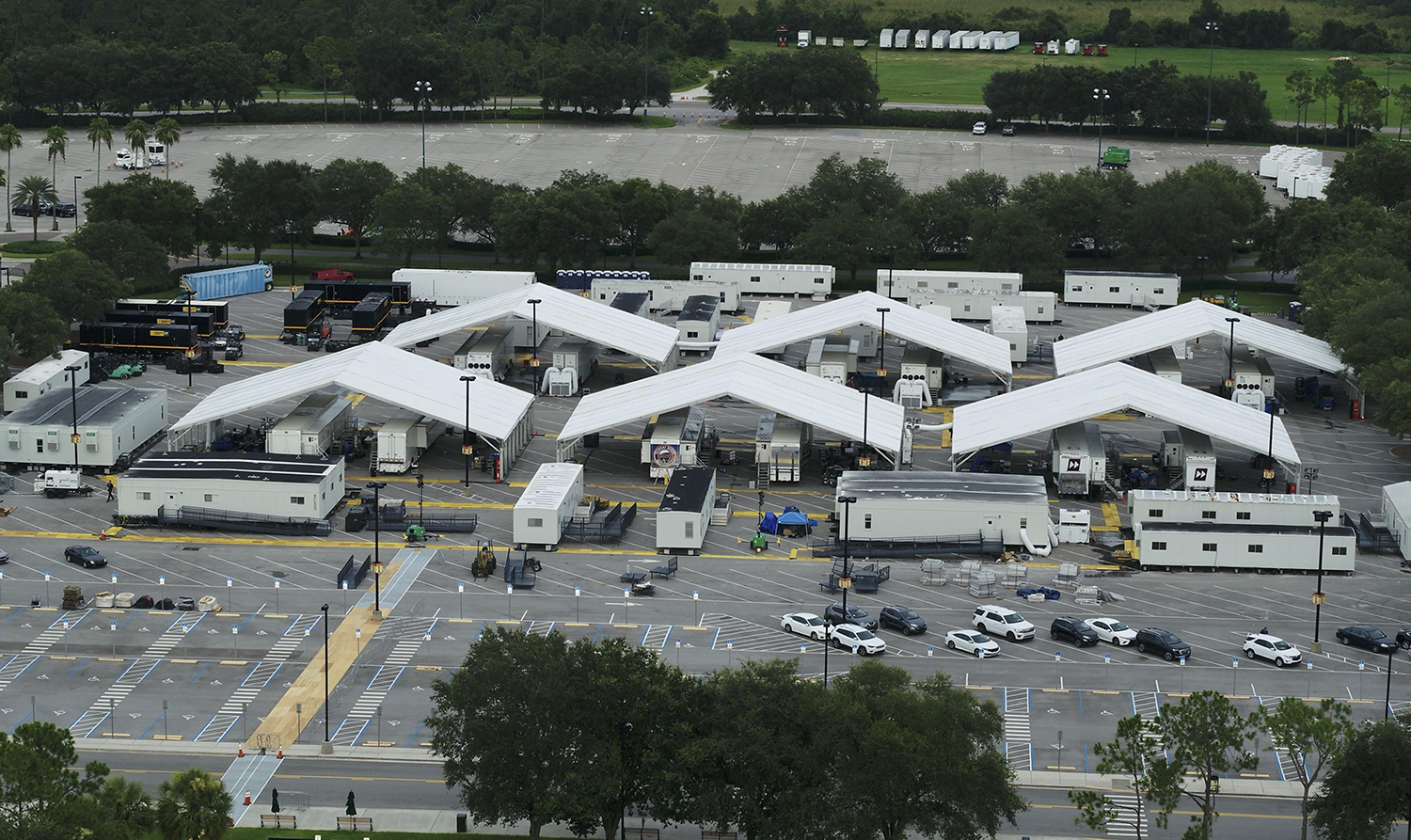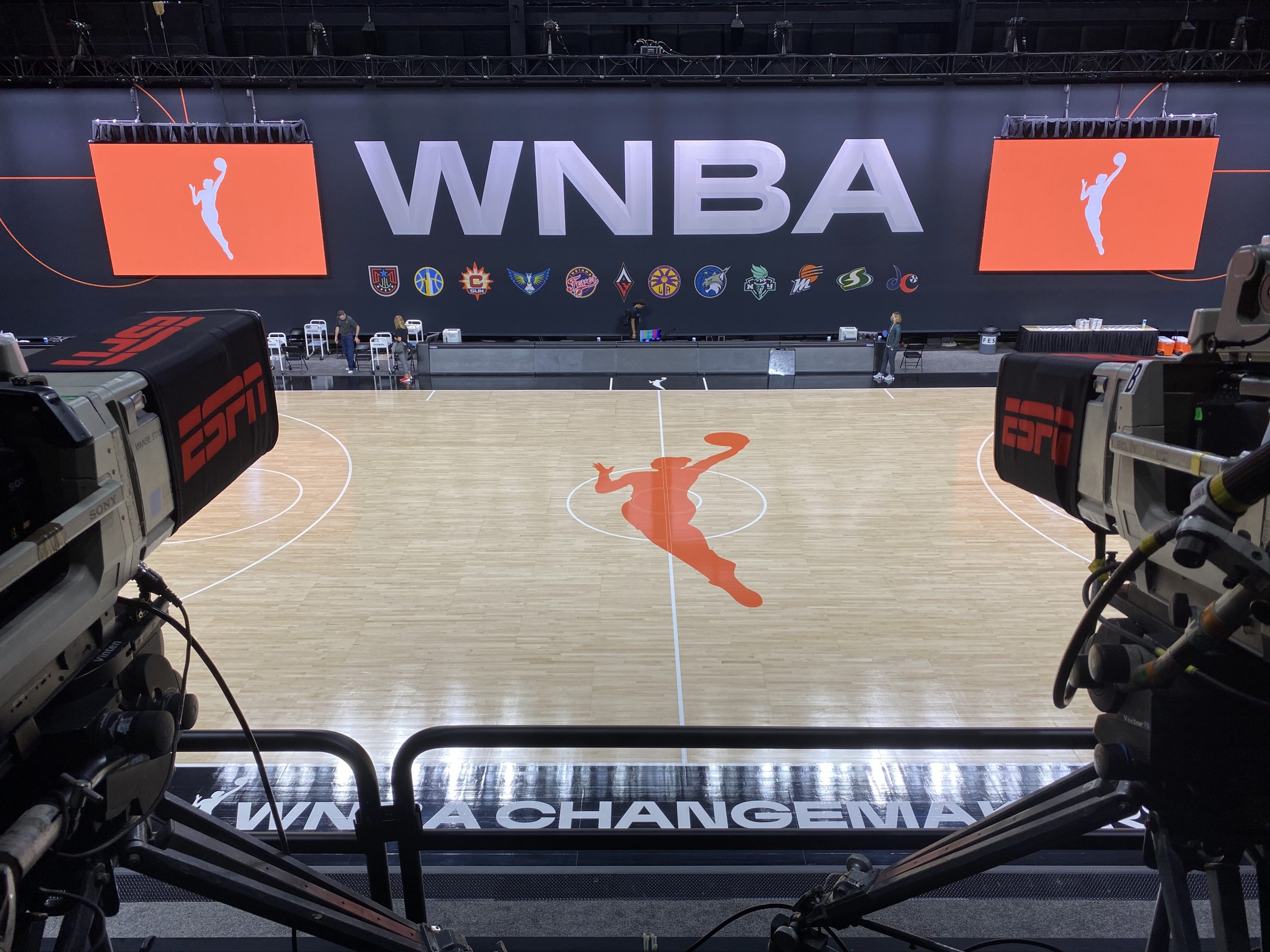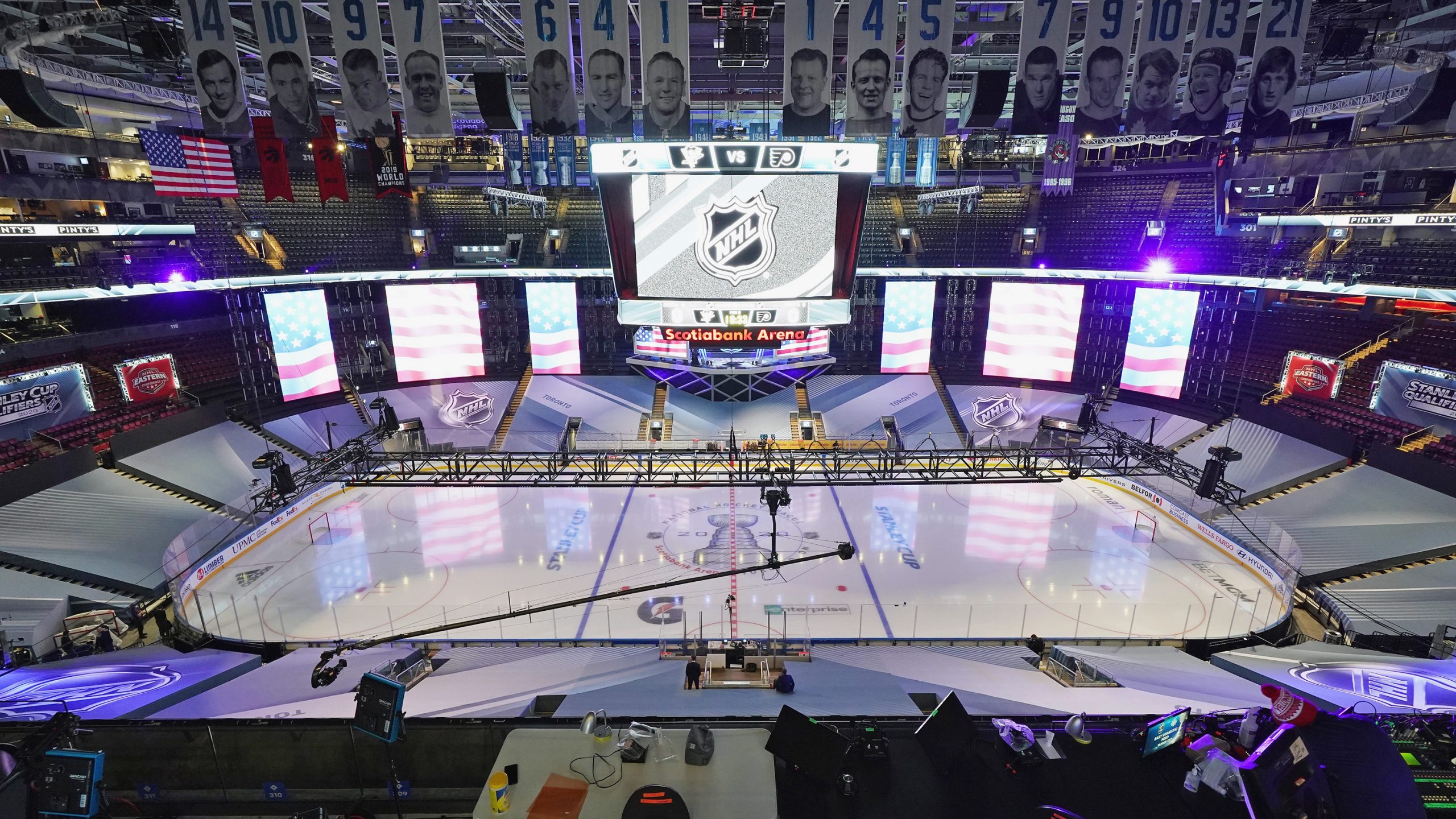2020 in Review, Part 2: How MLB, NBA, NHL, MLS, NWSL, and WNBA Productions Returned in the Age of Coronavirus
Story Highlights
When the pandemic caused the U.S. sports world to suddenly grind to a halt in mid-March, broadcasters and live-event producers were faced with one of the greatest challenges in the industry’s history: How to bring back live sports broadcasts safely.
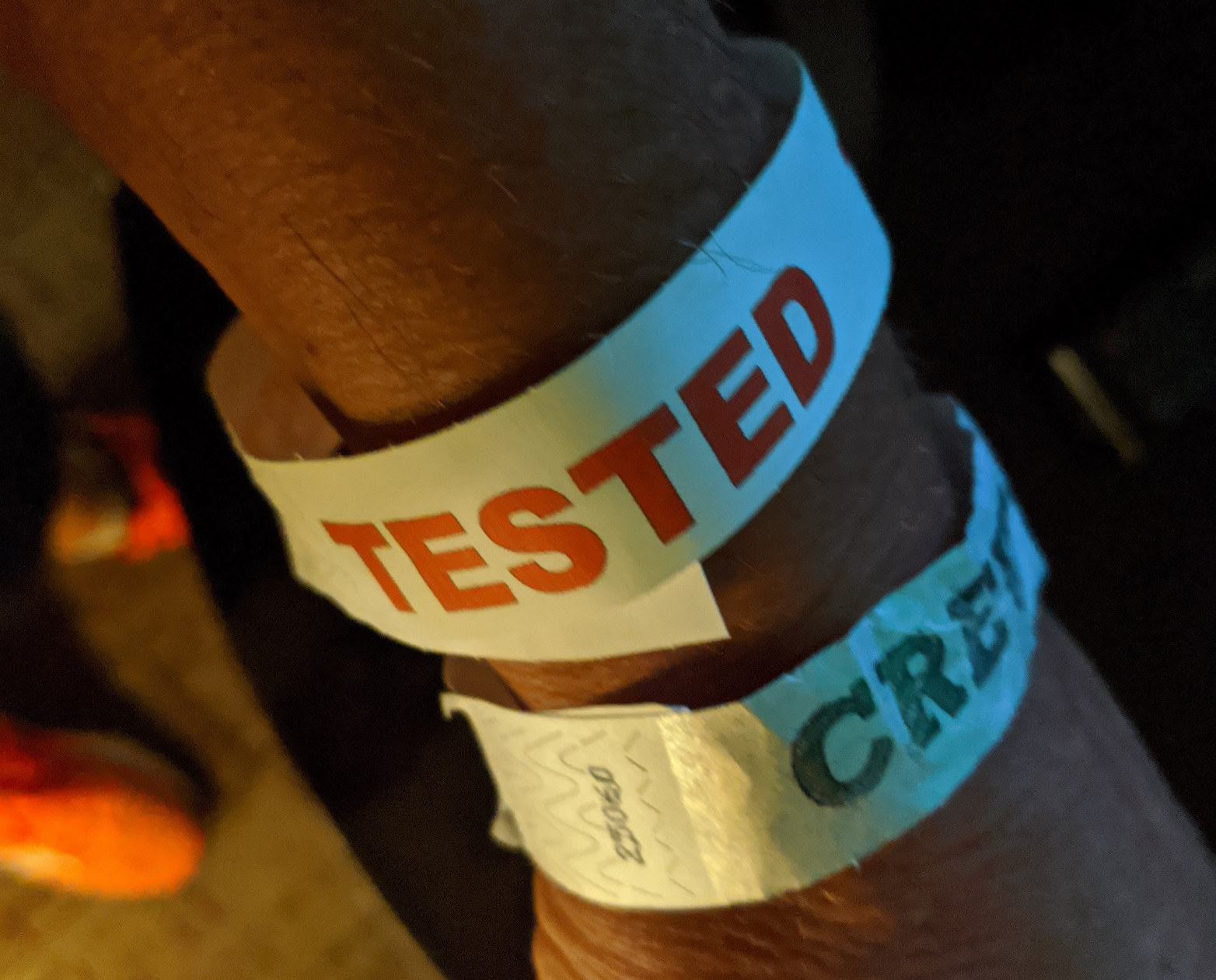 In the ensuing months, sports broadcasters, technology vendors, and production-service providers worked together to develop unique new workflows – both on-site and remote – that would pave the way for live-sports broadcasts to resume. Despite a litany of unknowns and a 2020 sports calendar thrown into chaos, all four major U.S. sports leagues returned along with the bulk of the major American sports events – providing a much needed respite for content-hungry sports fans struggling during the pandemic.
In the ensuing months, sports broadcasters, technology vendors, and production-service providers worked together to develop unique new workflows – both on-site and remote – that would pave the way for live-sports broadcasts to resume. Despite a litany of unknowns and a 2020 sports calendar thrown into chaos, all four major U.S. sports leagues returned along with the bulk of the major American sports events – providing a much needed respite for content-hungry sports fans struggling during the pandemic.
Here is the second of SVG’s three-part series “The Comeback: How Live Sports Production Returned in the Age of Coronavirus”, which provides an in-depth look at the industry’s monumental efforts to bring back live sports production in the face of coronavirus in 2020. The Comeback was originally published in the 2021 SVG Sports Production Yearbook, which you can read in full HERE. And make sure to check out the hyperlinks throughout this story for more in-depth articles on these groundbreaking productions.
MLS, NWSL Tournaments Take the Pitch
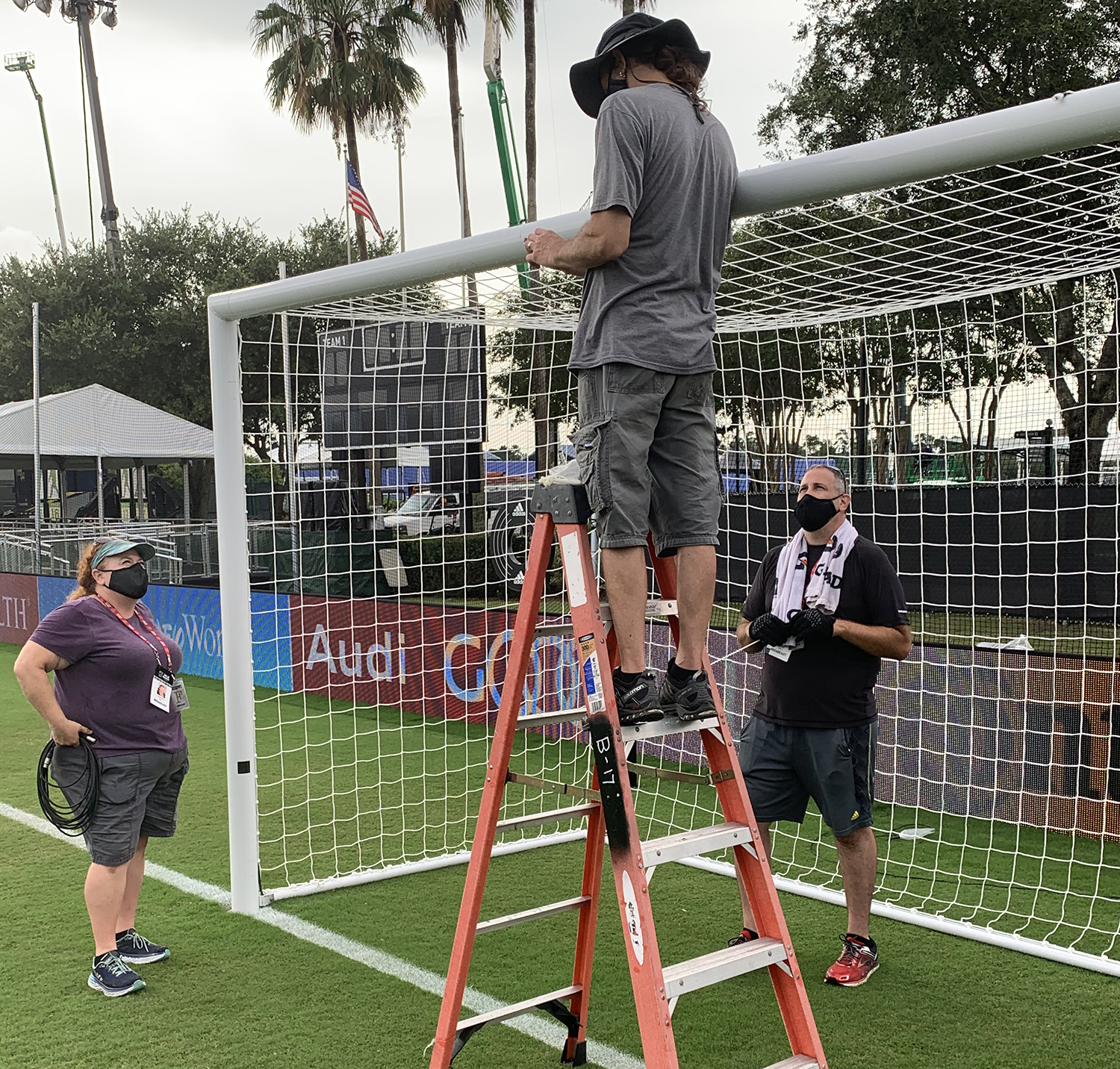
ESPN’s GoalCam was installed in all goals on all fields at Wide World of Sports for the MLS Is Back Tournament.
After European soccer got a head start with Bundesliga, Premier League, La Liga, Series A, and others taking the pitch in May and early June, American soccer got into the game with a pair of stateside tournaments just as summer kicked off. Both the NWSL Challenge Cup and the MLS Is Back Tournament were held inside bubbles to keep players, personnel, and broadcast crew safe.
First up was the NWSL Challenge Cup, which not only marked the return of live team sports in the U.S. on June 27 but also was the first time an NWSL match appeared on a broadcast network.
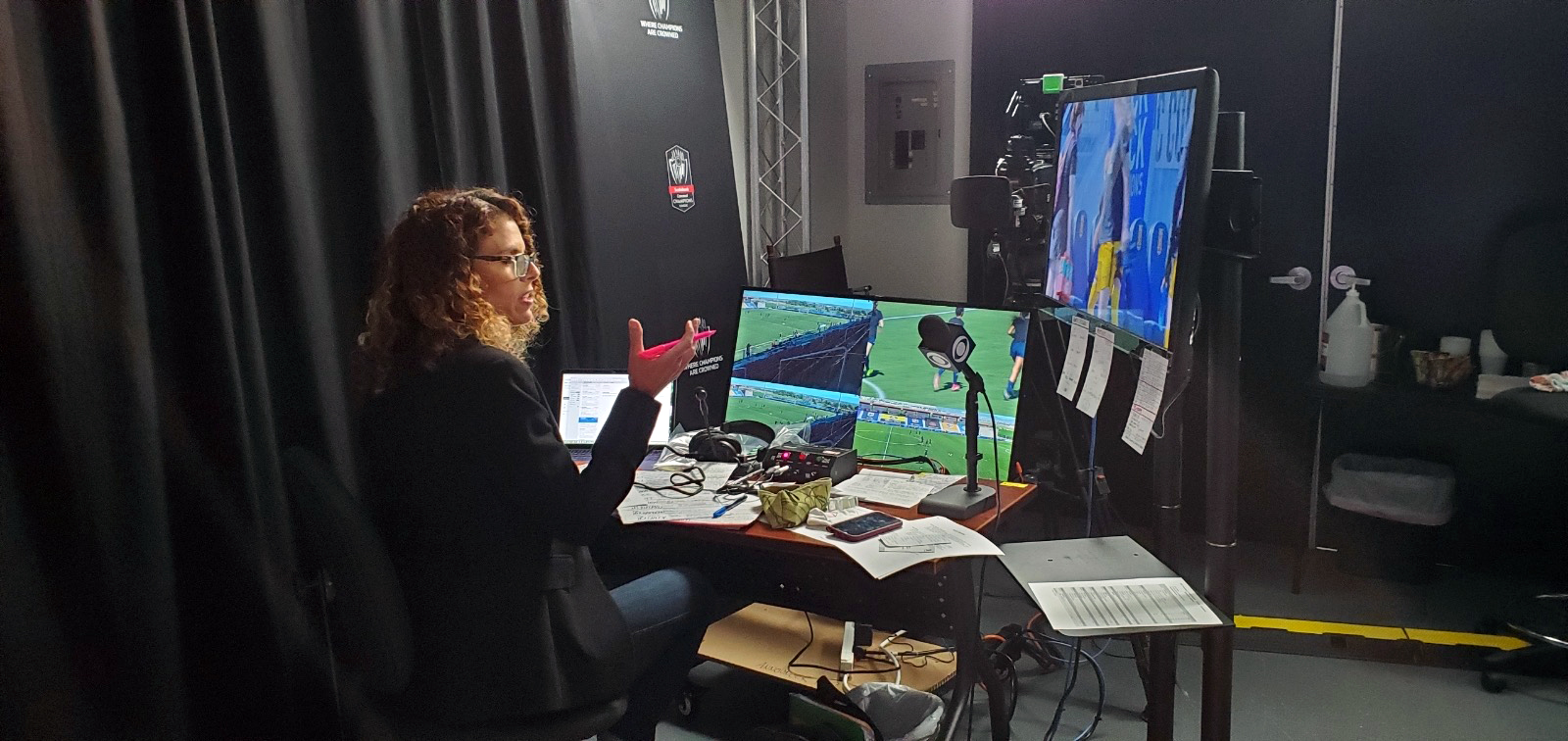
NWSL commentators Jenn Hildreth (seen here) and Aly Wagner were located in Vista’s studio in Dania Beach, FL, where they called the action for the NWSL Challenge Cup.
To produce the 23 match broadcasts (the opener and Champion- ship Game aired on CBS, with all matches streamed on CBS All Access) from Zions Bank Stadium in Herriman, UT, the league and CBS Sports teamed with longtime NWSL partner Vista Worldlink to remotely produce the matches from its centralized broadcast facility in Dania Beach, FL. A total of 18 transmission paths were sent from Utah to Vista’s production facility — via satellite uplink, IP, and bonded cellular to ensure redundancy — to handle camera feeds and comms.
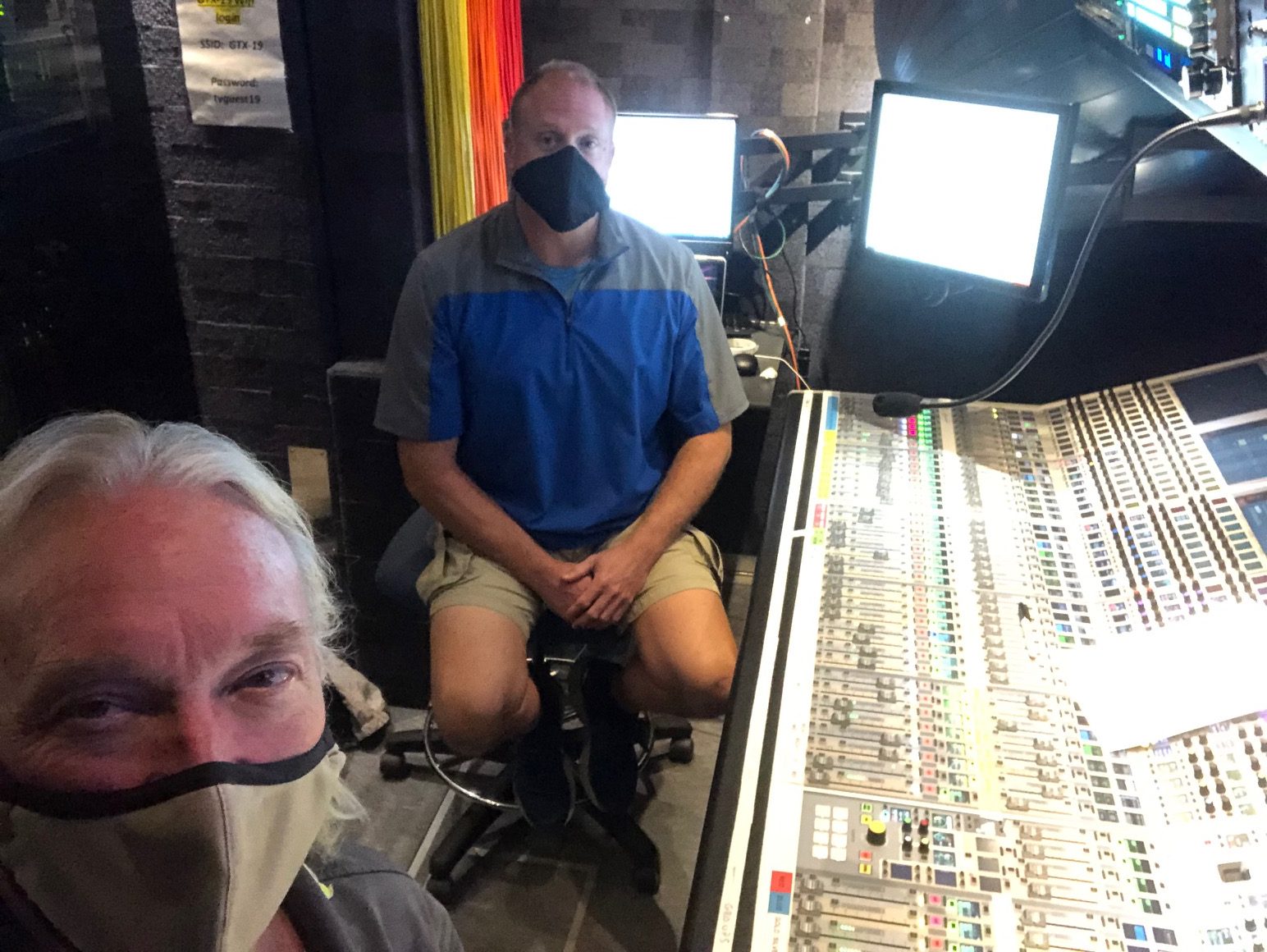
ESPN’S Kevin Cleary (foreground) and A1 Andy Bartley 6 ft. apart aboard F&F Productions’ GTX 19 for the MLS Is Back Tournament in Orlando.
Soon after in July, the MLS Is Back Tournament kicked off from Disney World’s Wide World of Sports complex in Orlando. ESPN served as host broadcaster for all 54 match broadcasts — which were carried on a combination of ESPN, Fox Sports, and Univision/TUDN in the U.S. and on TSN in Canada. ESPN rolled out a production complement unprecedented for MLS coverage. Coverage of the three active playing fields in Orlando featured a whopping 33 cameras per field, including a cable-suspended aerial system, drones, a jib cart, pole cams, goal cams, and POVs in the locker rooms. Other highlights included microphones embedded in the field and a 300-ft.-long blue chromakey wall surrounding the field for placement of virtual graphics in place of fans in the stands.
Baseball Returns With RSNs Taking the Production Lead
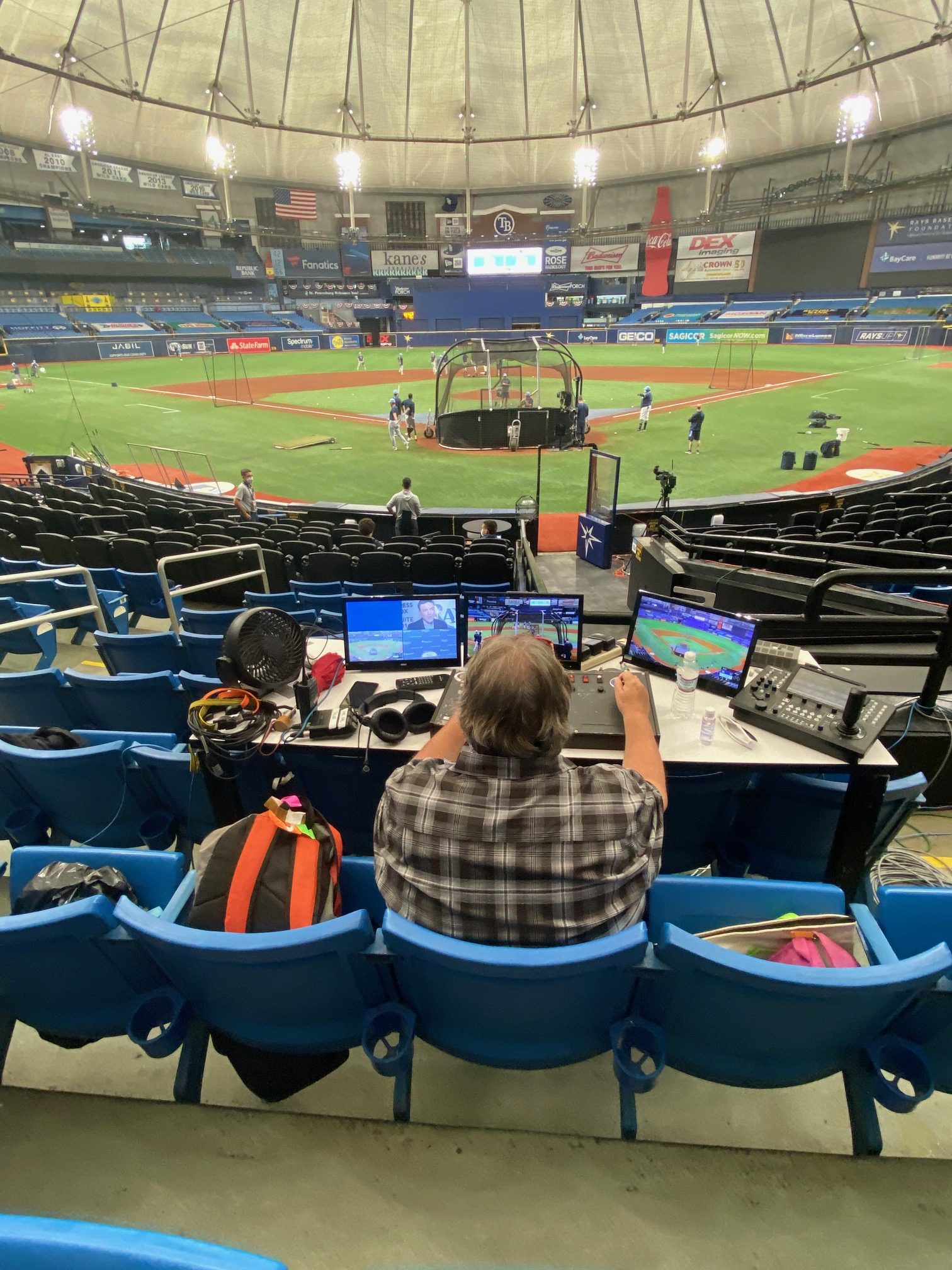
A Fox Sports Florida robo operator was located in the stands at Tropicana Field for a Tampa Bay Rays Summer Camp game.
Major League Baseball was the first of the “big four” major sports leagues that returned to action with a belated opening night on July 23. MLB Opening Day marked the culmination of months of planning by both regional sports networks and national broadcasters to get baseball back on the air.
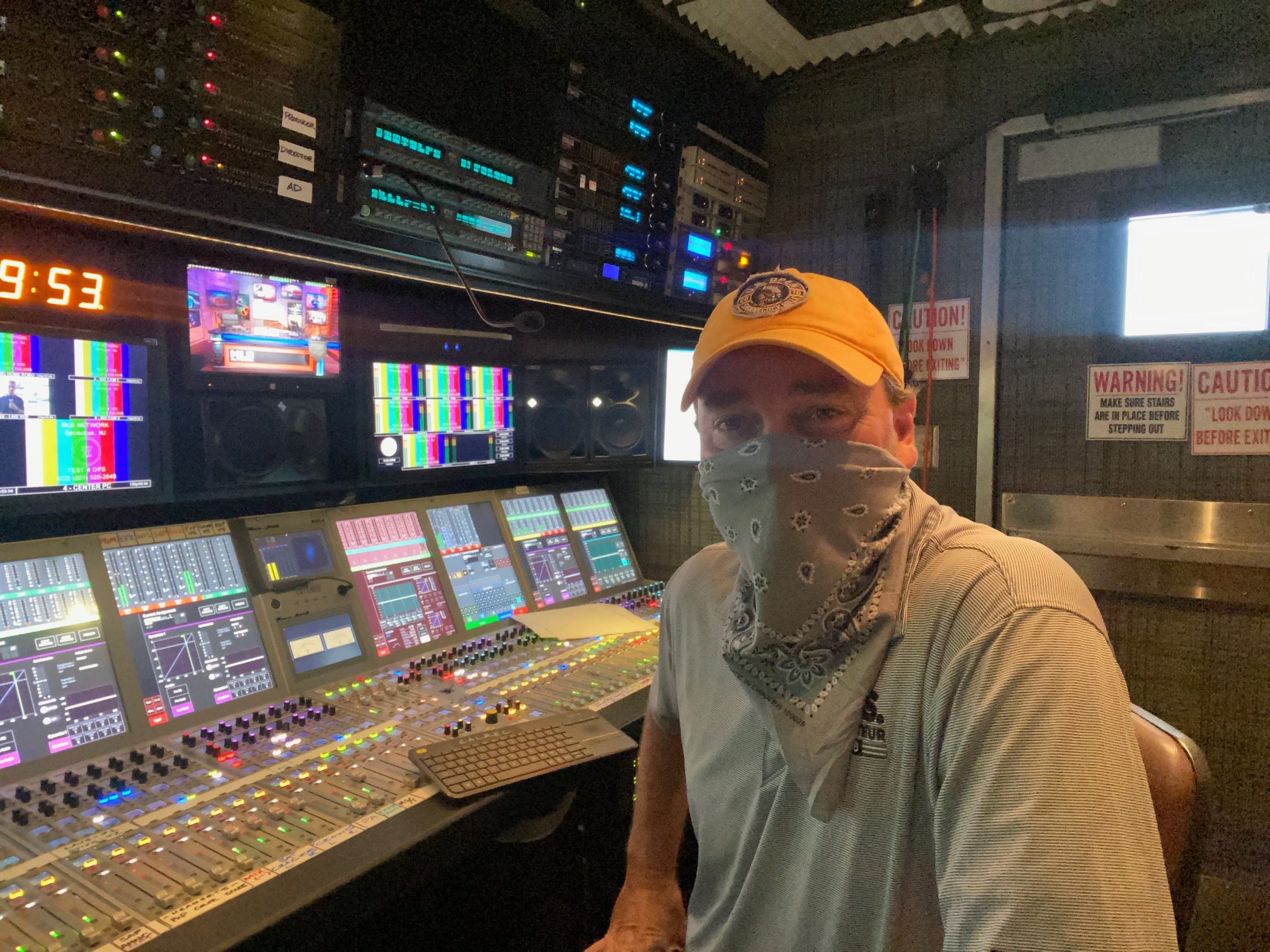
A1 Joe Carpenter overseeing the artificial-crowd-audio mix in Game Creek’s Riverhawk production truck outside MLB Network’s studios.
Regional sports networks took the lead for live-game productions. To limit the number of people and facilities onsite, the league opted to have the home-team RSN in each market produce a neutral/clean world feed of each game to distribute to the away-team RSN and, when necessary, the national broadcaster. Check out SVG’s full stories on the efforts of Sinclair’s Fox Sports Regional Networks, NBC Sports Regional Networks, AT&T SportsNet RSNs, NESN, and MASN.
Under the model set up by the league, the home RSN’s production team was responsible for producing a clean world- feed broadcast that presented a “50/50” (equal on-air—time), unbiased narrative of the game for both teams. This feed was delivered to the away RSN and/or national broadcaster, which added its own graphics, commentary, studio/shoulder content, and commercials.
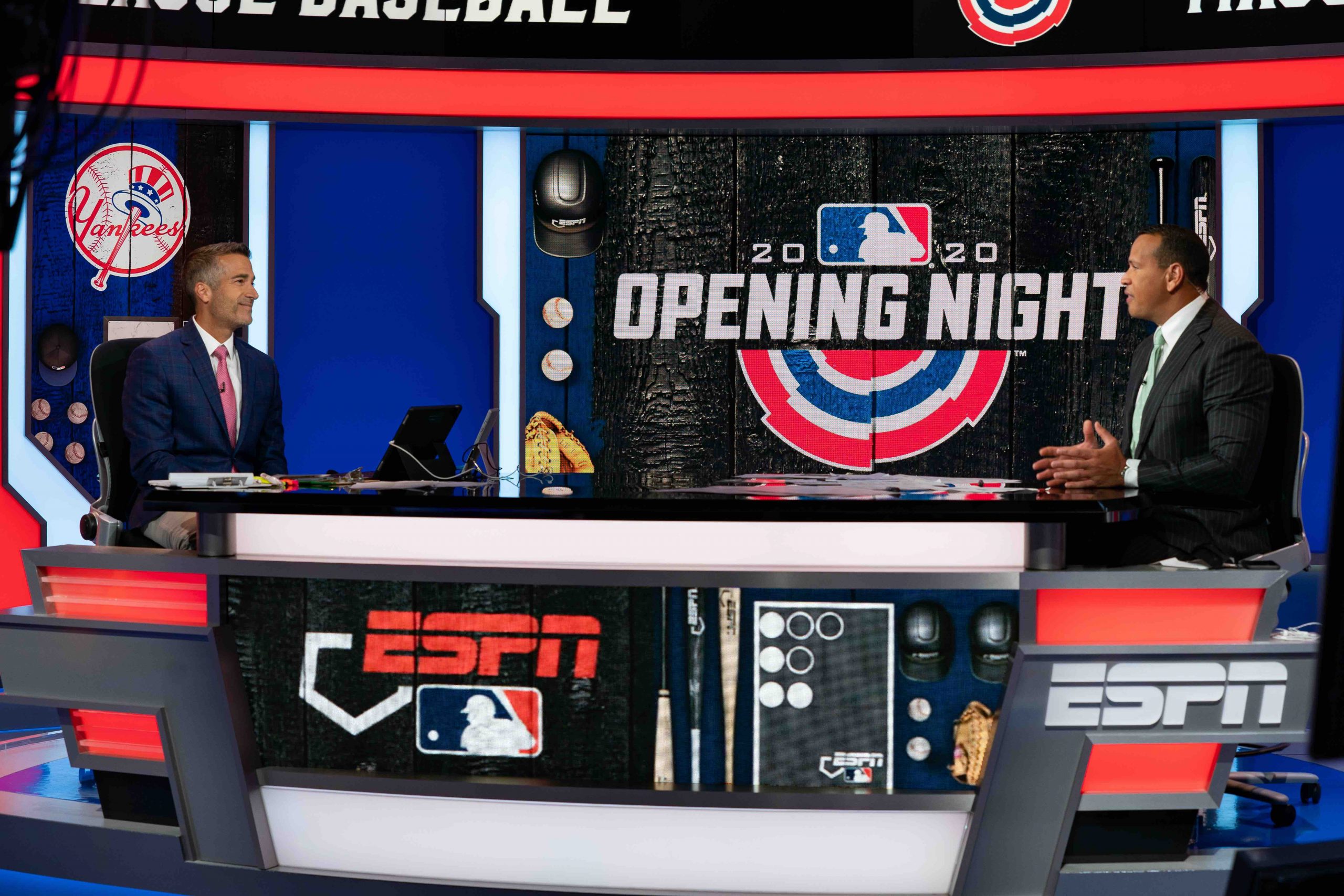
Matt Vasgersian (left) and Alex Rodriguez (right) call the action from a studio at ESPN’s facility in Bristol, CT.
In addition to this clean feed, the away RSN was provided with one or two dedicated iso cameras, which the director could weave in team-specific shots to help customize the telecast. Nearly all RSNs deployed their regular mobile units at the ballpark to produce these world feeds for home games, while away RSNs either used their truck at their own team’s ballpark or integrated their telecasts from control rooms in their studio. In addition, artificial crowd noise was handled by each home team at the ballpark and then the broadcast-audio mix was backhauled to either MLB Network in Secaucus, NJ, or Fox Sports in Los Angeles for final mixing.
ESPN built out a full-fledged “enhanced world feed” plan that featured one of the largest REMI efforts out of its Bristol, CT, facility, complete with K-Zone and Statcast graphics and other technologies to improve the clean feed supplied by RSNs. Turner Sports also took in RSN feeds and customized them for its own national telecasts.
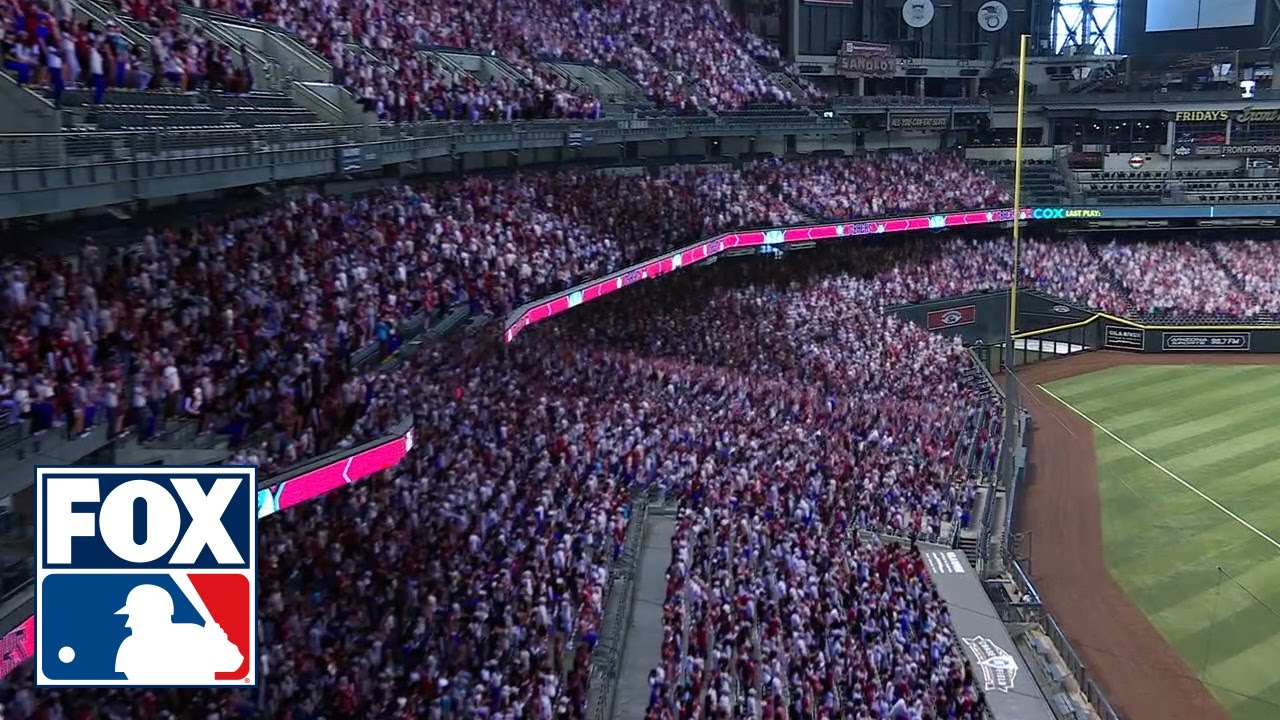
Fox Sports elected to use a virtual crowd for many of its national MLB telecasts this season, becoming one of the few networks to do so.
Meanwhile, MLB Network was responsible for multiple fronts, deploying a full at-home production model in Secaucus, NJ, as well as supplying all the RSNs with the foundation to capture the clean feed used by all the national broadcasters.
Fox Sports also pioneered the use of virtual fans in the stands as part of its MLB national telecasts during the regular season and then went on to produce a one-of-kind World Series in the midst of the pandemic.
NBA Heads to Disney World While WNBA Erects ‘Wubble’
The NBA’s bubble at Disney’s Wide World of Sports (WWoS) complex in Orlando represented one of the largest undertakings in NBA broadcast history with the NBA, ESPN, and Turner Sports teaming up to produce not only national telecasts but also world feeds for hundreds of regional-sports-network broadcasts across the country. Check out more on the production efforts of ESPN and Turner Sports.
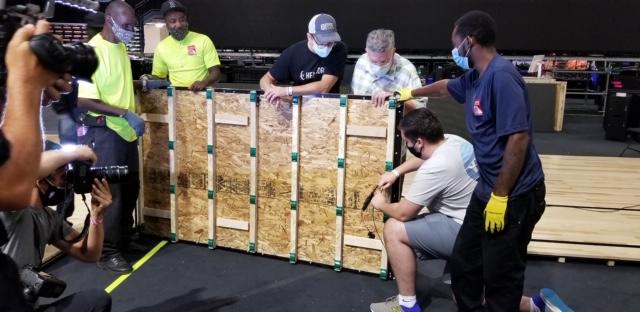
NBA courts at WWoS had 32 contact transducers screwed into the underside of the panels of the court flooring to enhance audio.
A nearly 200,000-sq.-ft. broadcast compound (equal to roughly three football fields) was built to serve as home to 13 production trucks and 31 trailers. In addition, three WWoS arenas were transformed into one-of-a-kind venues chock-full of LED screens, robotic cameras, embedded microphones, and other state-of-the-art tech. At least 258 cameras have been de- ployed across the WWoS complex, including more than 60 robos and two RailCam systems.
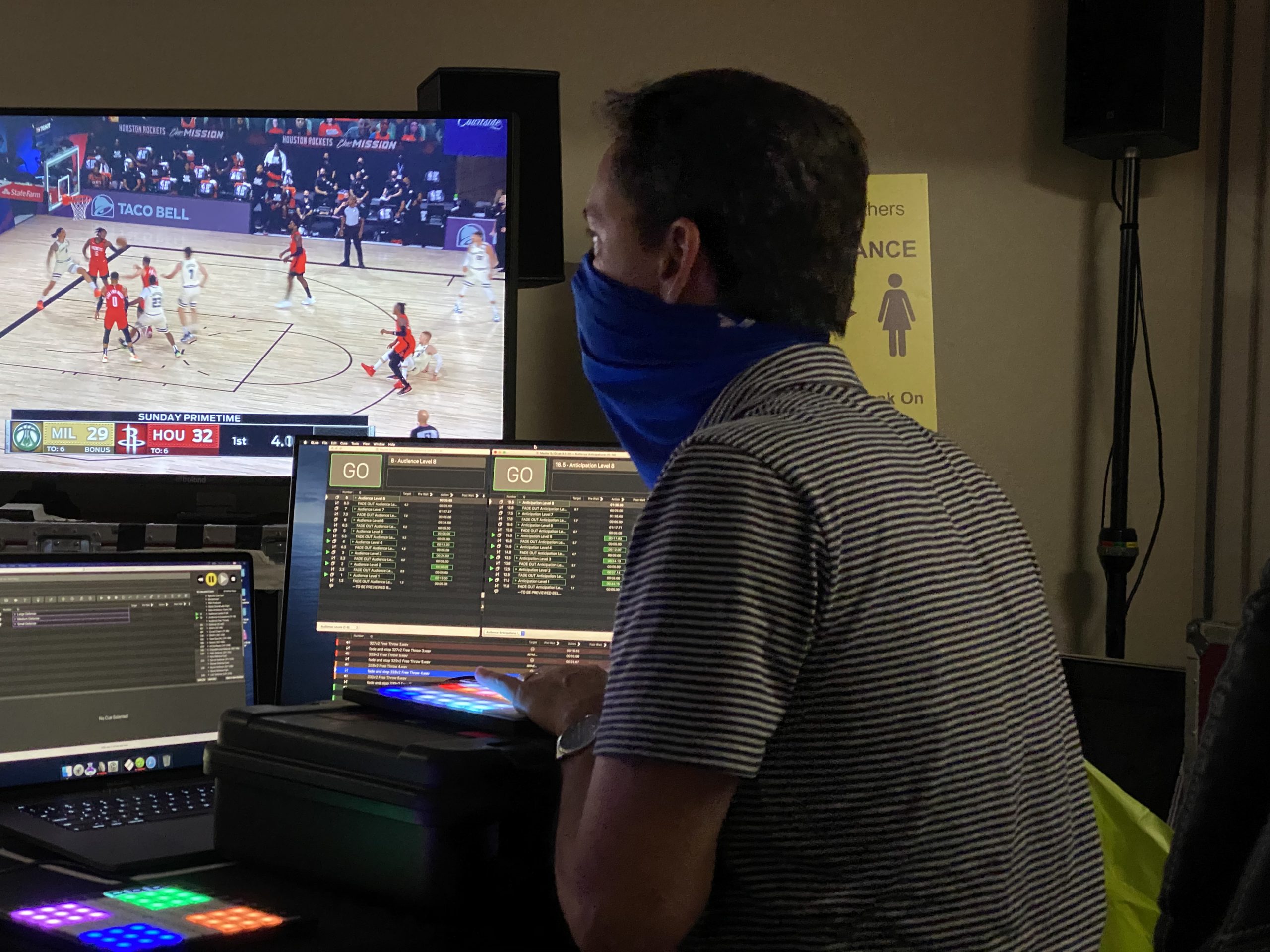
One of the audio “sweeteners” that managed the artificial crowd noise for NBA games at the Wide World of Sports in Orlando.
With no fans in the stands, 17-ft.-tall LED screens around three sides of the courts served as “stands” displaying more than 300 cheering fans who joined the game via Microsoft Teams. Virtual graphics/signage were also used integrate sponsorship and other content directly on the court.
A total of 357 microphones were deployed (119 per court) across the three venues, including 34 microphones em- bedded in each court to capture sneaker squeaks, player interaction, and other sounds of the game rarely heard with thousands of fans in the arena. The league also pumped in simulated crowd noise to re-create the home-arena ambiance. The NBA bubble also featured complex comms systems and created an entirely new category of A1 to mix the audio in the fan-free stands.
As for on-air talent, ESPN, TNT, and NBA TV announcers were located higher up than their typical courtside seat in a plexiglass- surrounded booth to ensure social distancing.
Just prior to the tipoff of the NBA bubble, the WNBA launched it own bubble, with the ESPN production team, teams, and league personnel calling Feld Entertainment Studios in Bradenton, FL, home for three months. The Feld Studio housed two courts as well as a significant back-of-house infrastructure that provided ample room for everyone to get to work. Game Creek Video’s Discovery production unit is onsite for the ESPN and ABC Sports Broadcasts and Ross Production Services was on hand for the WNBA world feed, which is fed to CBS Sports Net and selected RSNs.
NHL Blows Dual Bubbles in Toronto, Edmonton
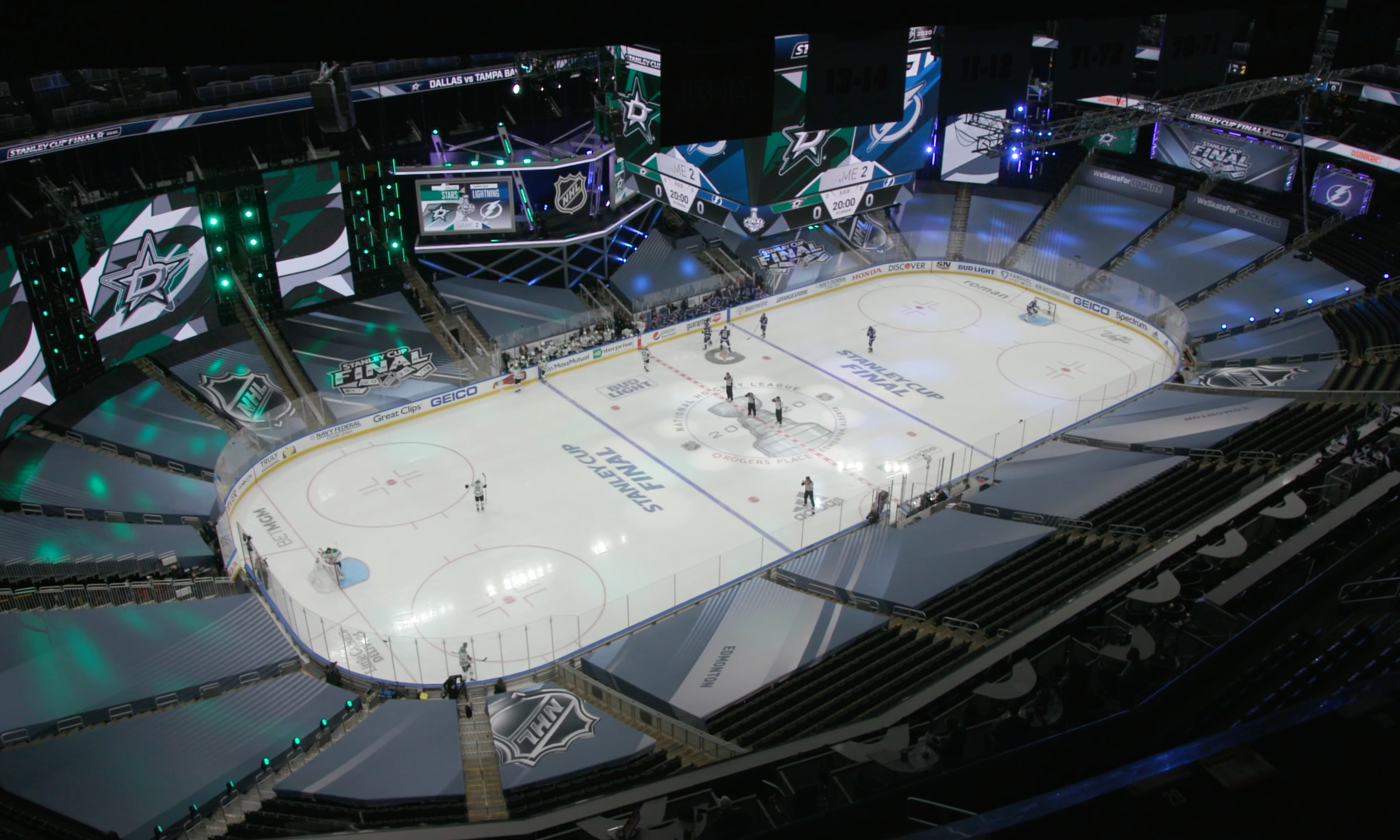
The NHL hosted the Stanley Cup Final in Edmonton — one of two bubbles the league built for the Playoffs along with Toronto.
The NHL returned to action by building two “Hub Cities” in Toronto (Scotiabank Arena) and Edmonton (Rogers Place) — redesigning each to look more like the set of an American Gladiators-esque game show than a pro-hockey game.
While these bubbles were designed to offer a safe, COVID- free environment for the NHL Stanley Cup Playoffs to be played, the controlled environments also served as laboratories for live sports-video production. With that in mind, the NHL built a truly made-for-television product for fans watching at home.
Working with Canadian broadcaster Rogers Sportsnet
in Edmonton and U.S. broadcaster NBC Sports in Toronto, the league built similar broadcast templates that included deployment of more than 30 cameras in each arena; a typical NHL game usually caps out around 20. Each broadcaster was responsible for creating a world feed to be shared with each other and, when it applied, with the regional sports networks for the teams playing in the game.

NBC Sports produced artifical crowd audio for the Playoff broadcasts using sounds recorded in NHL arenas for EA Sports videogames.
While the bubbles did not permit fans in the stands, the league put a lot of energy into taking advantage of the things it would never be able to do with fans in the building. That includes placing cameras, video screens, and microphones in locations that, normally, would obstruct the view of fans in the stands or would be a safety concern. In addition, a JITACAM — a jib on an extremely long crane arm that can operate in 360 degrees — was hung in each of the arenas above the seats (a location normally unavailable for safety reasons and because of blocked viewing angles).
The NHL also liberally sprinkled microphones around the arena to capture even more of the natural sounds of the game (implementing a 5-second delay to account for inappropriate language that might get picked up) and worked with EA Sports (which produces the league’s annual videogame series) to create crowd noise that was pumped into the arenas.
CLICK HERE for Part 1 of SVG’s The Comeback series and stay tuned to sportsvideo.org for Part 3 (including U.S. Open tennis, The Masters and PGA Championship, and the return of the NFL and college football) later this week.
